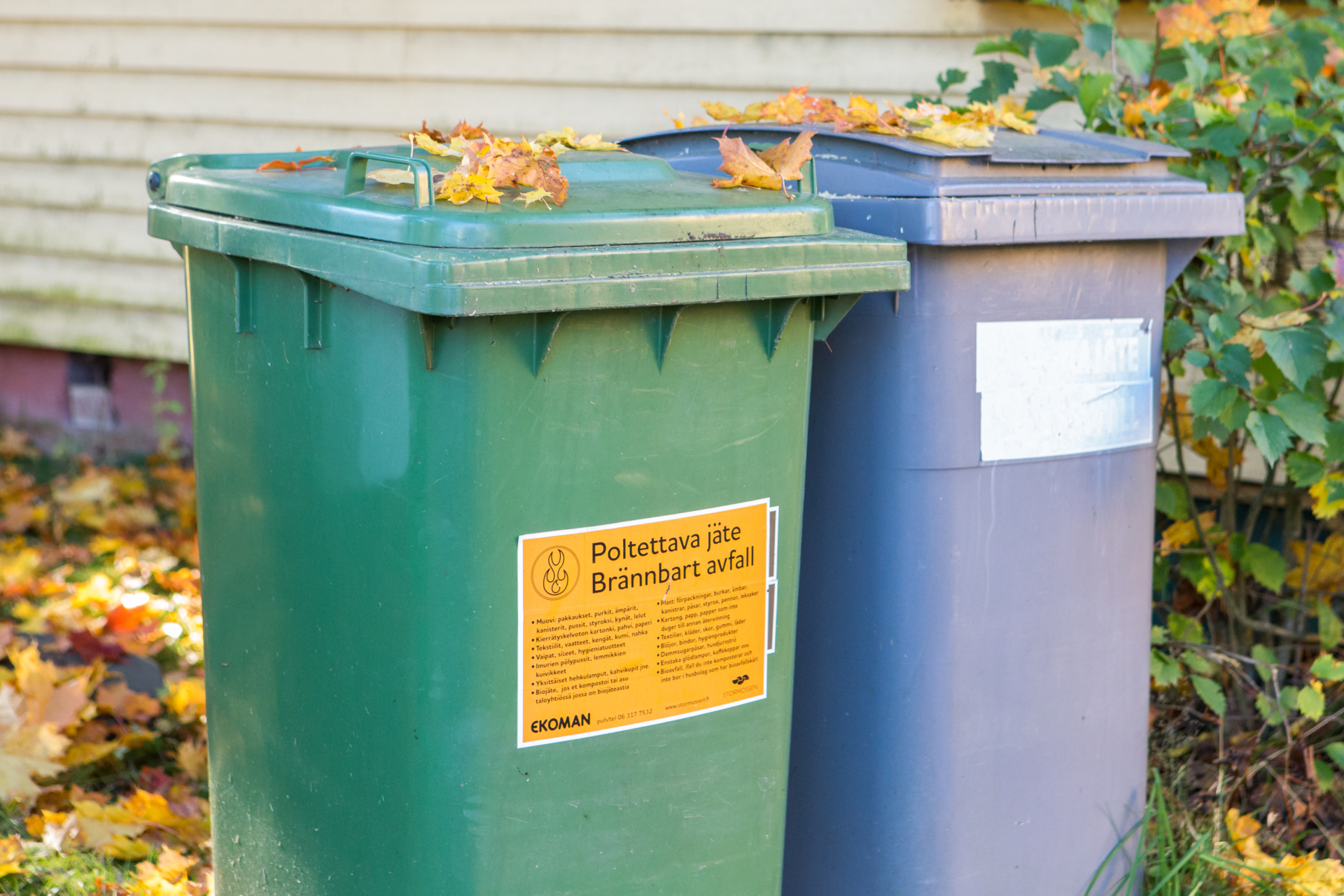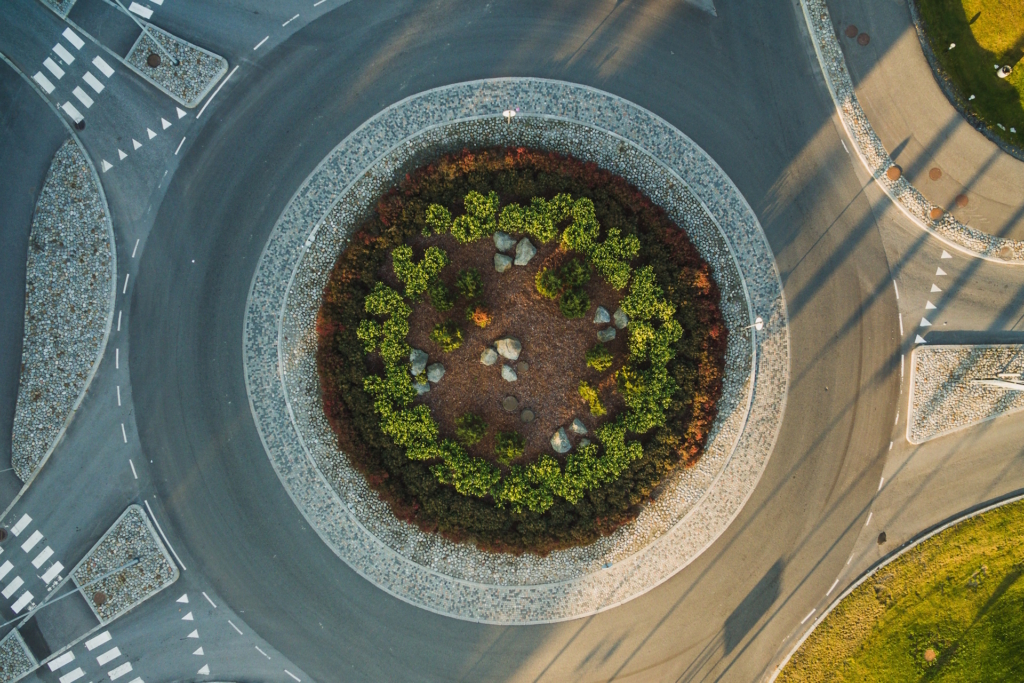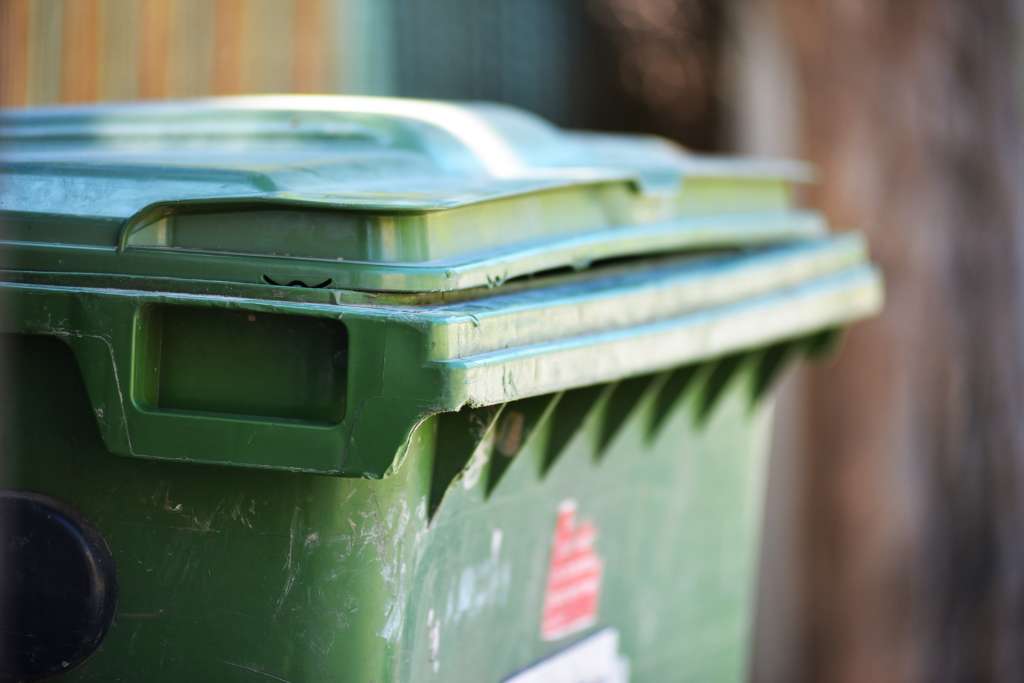Circular economy in Vaasa
The circular economy aims to use resources efficiently and minimise waste. The goal is to use materials and products for as long as possible and to promote their reuse and recycling. Vaasa is investing in circular economy solutions to achieve carbon neutrality and ensure a sustainable future.
Measures are being taken to reduce the amount of waste going to landfill, improve material reuse, and support the circular economy to achieve the Carbon Neutral Vaasa 202X target. We also want to create a cleaner, healthier and more comfortable living environment for everyone in Vaasa.
Circular economy solutions
Circular economy principles in construction
In the City of Vaasa Premises Management, circular economy principles are reflected in the recycling and reuse of materials, and the minimisation of demolition waste. Life-cycle thinking is one of the key principles guiding the planning and implementation of construction projects.
Selection, recycling and reuse of materials
- Waste inventories and reuse of materials at demolition sites: A thorough inventory of the recycling or potential reuse of usable materials at the sites is conducted.
- Low-carbon materials: Low–carbon and sustainable materials are used wherever possible. For example, Delta beams, which have 50% lower CO2 emissions than traditional steel and reinforced concrete beams, were used in the prefabricated frame of the Sundom Lärcenter extension.
- Usage requirements for non-virgin materials: In new construction, target values can be set for the use of non-virgin materials. For example, the target value set in the Isolahti school extension plan is at least 5%.
- Demolition and recycling plans: Modelling can be used to plan the demolition of a building and the efficient recycling of materials. Modelling is used to plan larger projects.
Life-cycle thinking
- Long service life: Buildings are designed with a focus on sustainability and life-cycle efficiency. For frames and foundations, for example, the target service life is over 100 years.
- Life cycle costs: Building materials and technical systems are selected based on their full life cycle costs.
- Design for Deconstruction principle: In new buildings, deconstruction is considered as part of the building’s life cycle. This is the case, for example, in the planning for the extension of the Isolahti school.
- Leveraging life-cycle experts: Projects can utilise the expertise of life-cycle professionals to plan and manage life-cycle impacts. This is planned, for instance, in the project to build the City Centre Comprehensive School.
- Avoiding demolition: Construction sites should minimise unnecessary demolition whenever possible, thereby reducing the need for new building materials. This has been implemented in the project to build a new kindergarten in the Garrison area.
Tendering for the Ravilaakso area as a circular economy district
In Vaasa, the tendering process for the Ravilaakso area will specifically consider solutions that promote the circular economy. The planning aims to integrate sustainable mobility considerations, circular economy building methods and materials, and to develop services and experiments that support the circular economy. The requirements of the circular economy are also incorporated into the terms and conditions related to plot allocation.
Read more on the Ravilaakso project here (in Finnish).
Biogas buses for public transport in the Vaasa region
Vaasa has been a consistent pioneer in the adoption of green biogas-powered public transport. A joint regional public transport service for the City of Vaasa and the Municipality of Mustasaari, Lifti, was launched on 1 July 2022. Lifti buses run on biogas produced at Stormossen. Biogas is a renewable fuel that produces 85–90% fewer environmentally harmful emissions than petrol or diesel. It is also a circular economy product, as it is produced from biowaste and sewage sludge.



